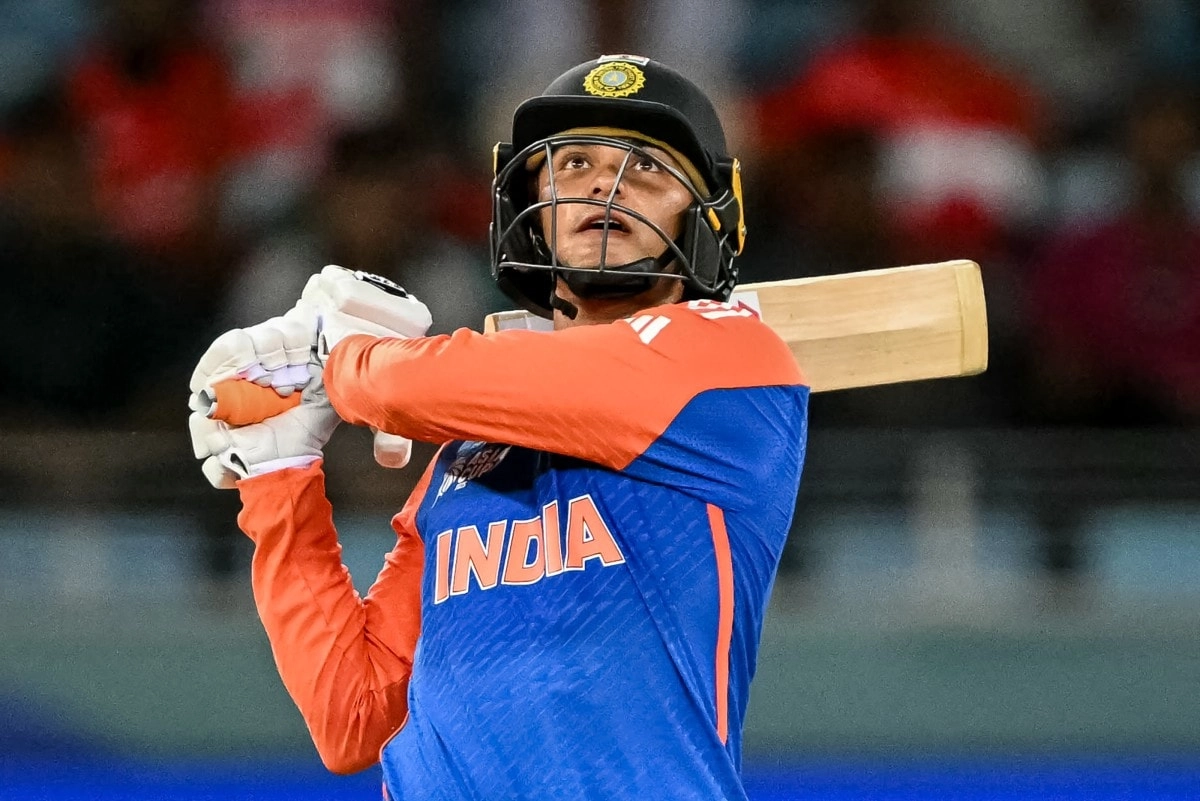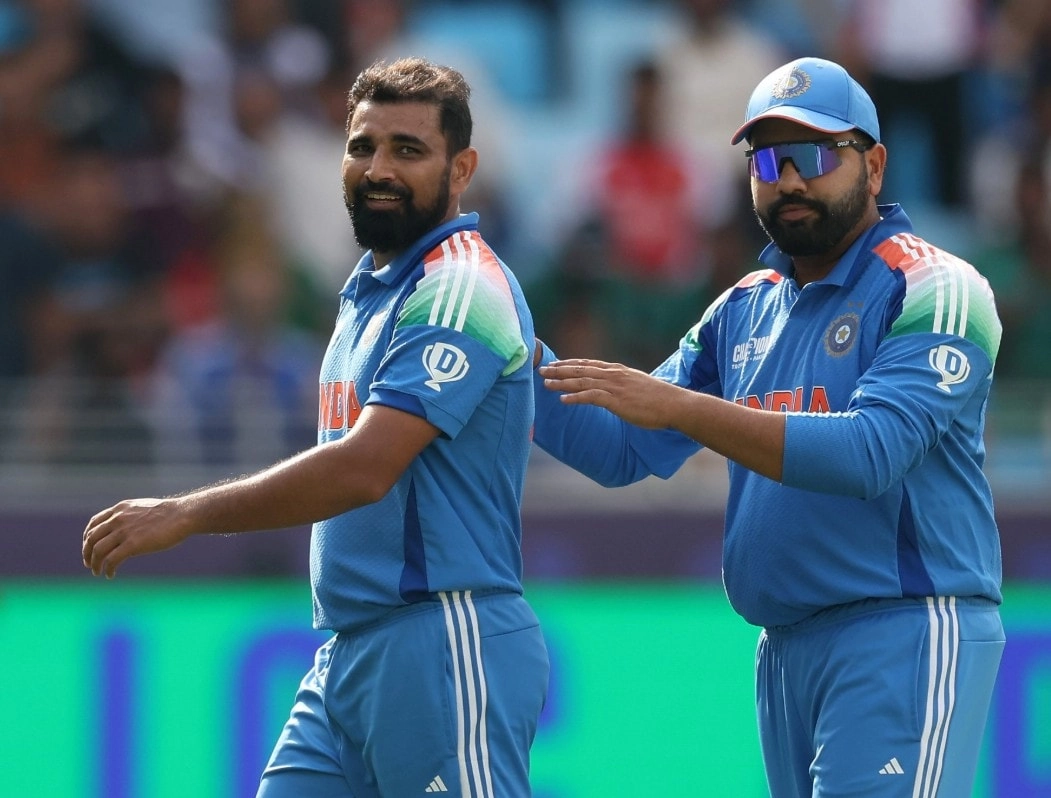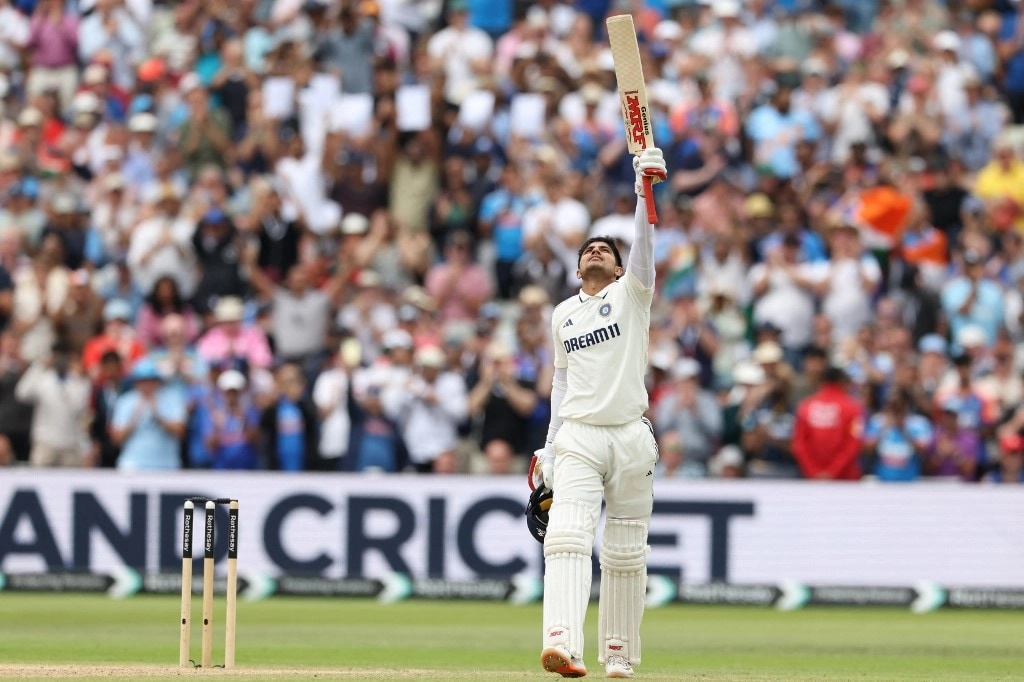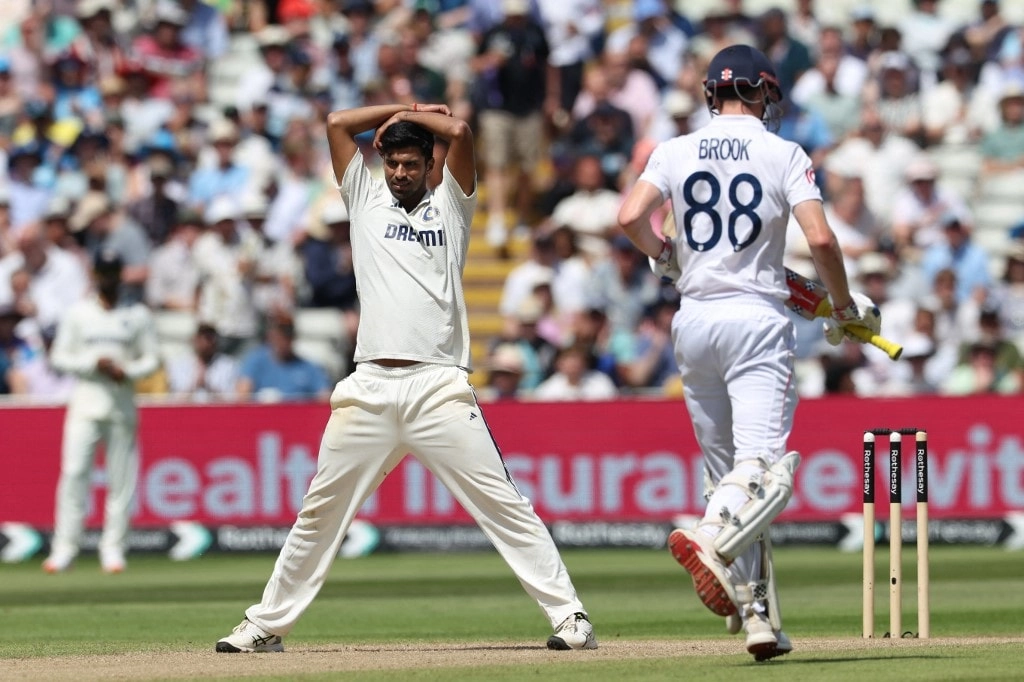In a thrilling matchup during the Asia Cup Super Four, India faced off against Bangladesh, capturing the attention of cricket fans worldwide. The match was particularly memorable for Abhishek Sharma, whose impressive performance with the bat saw him score a fiery 75 runs. His aggressive style and ability to find boundaries consistently put pressure on the Bangladeshi bowlers, showcasing his talent on a significant stage. However, while Sharma’s innings was a highlight, it was also India’s overall strategy that became a topic of discussion among analysts and fans alike.
India’s approach in the match appeared perplexing to many, raising questions about their tactical planning. Despite Sharma’s explosive innings, the team’s decisions regarding batting order and player positioning seemed to lack coherence. Critics pointed out that while Sharma was in excellent form, the subsequent batting partnerships did not capitalize on the strong foundation he laid. This inconsistency in strategy not only affected the momentum of the innings but also left fans pondering whether the team was truly leveraging its strengths.
As the match unfolded, the spotlight shifted to India’s bowling and fielding tactics. While the team had a solid lineup, their execution in the field raised eyebrows, with several missed opportunities to dismiss key Bangladeshi players. This inconsistency allowed Bangladesh to build partnerships that ultimately turned the tide in their favor. The juxtaposition of Sharma’s brilliant innings and the team’s baffling game plan underscored the unpredictable nature of cricket, where individual brilliance must often align with cohesive team strategy for success.
In conclusion, the India vs Bangladesh clash in the Asia Cup Super Four was a rollercoaster of emotions, highlighted by Abhishek Sharma’s outstanding performance. However, it also served as a reminder of the critical importance of strategic planning in cricket. As fans and analysts dissect the match, it is clear that while individual performances can shine, a well-coordinated team effort is essential for triumph in high-stakes tournaments like the Asia Cup. The Indian team will need to reflect on their strategy moving forward if they hope to convert individual brilliance into collective victory.




